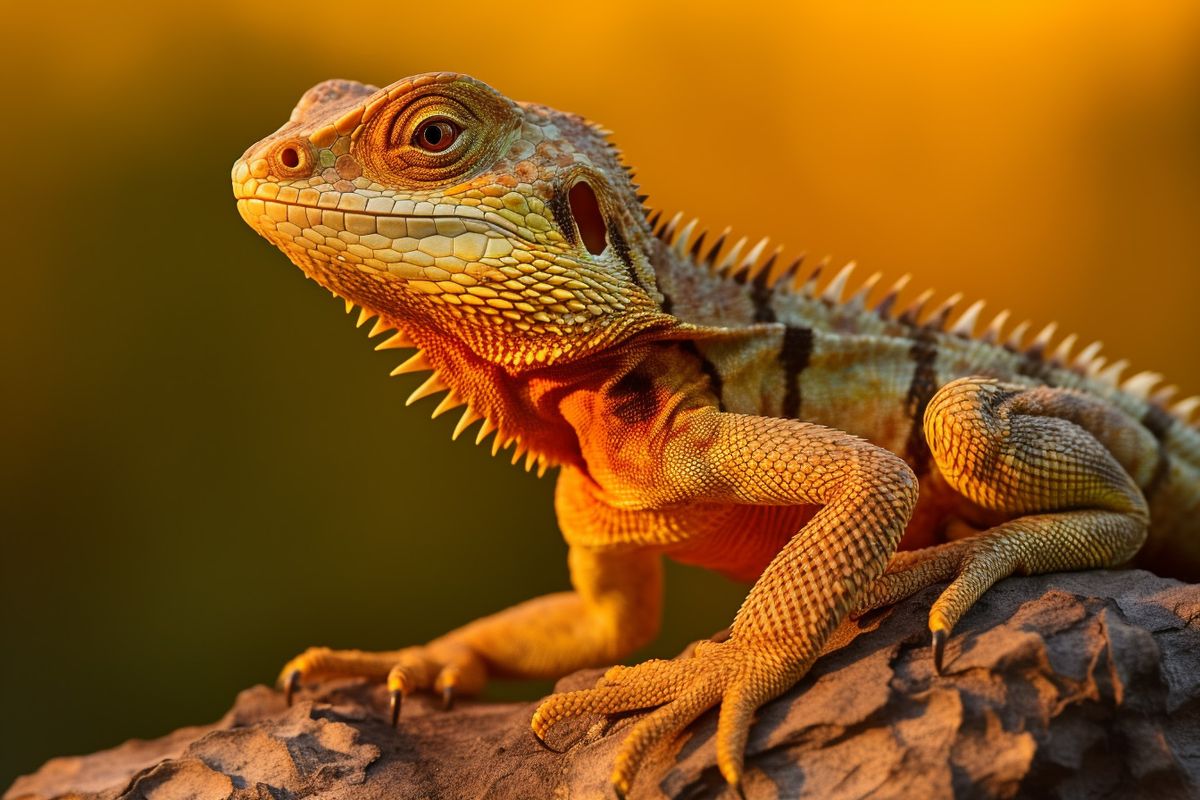The Ultimate Lizard Pose (Utthan Pristhasana) Guide: From Beginner to Advanced
Lizard Pose is more than just a hip opener; it's a full-body experience that harmonizes physical strength with mental clarity.

Introduction: Unlocking the Secrets of Lizard Pose
Don't let the name Lizard Pose scare you off—this pose won't leave you cold-blooded! Instead, it warms up your body and mind, putting you in a state more zen than any reptile basking in the sun.
Historical Background of Lizard Pose
Origin and Sanskrit Roots
Lizard Pose, also known as Utthan Pristhasana (pronounced oot-TAHN prees-THAHS-uh-nuh) in Sanskrit, is a relatively modern asana in the grand scheme of yoga's long history. Unlike asanas that appear in ancient texts like the Yoga Sutras of Patanjali or the Hatha Yoga Pradipika, Lizard Pose is more of a contemporary addition to yoga practices around the world.
Translation and Meaning
The term Utthan Pristhasana translates to "lizard pose" in English. In the Sanskrit name, "Utthan" means "to stretch out," "Pristha" refers to "the back of the body," and "Asana" translates to "pose" or "seat."
Symbolism and Interpretation
Though the name may conjure images of a lizard stretching out on a rock, the pose is primarily designed for human physiology. It targets the stretching and opening of the hip flexors and hamstrings, adding to its versatility and efficacy in modern yoga routines.
Physical Benefits of Practicing Lizard Pose
Enhanced Hip Flexibility
One of the most notable benefits of practicing Lizard Pose is the increased flexibility it offers to your hip flexors. This can be particularly beneficial for people who sit for long periods or have limited mobility in their hips.
Improved Lower Body Strength
While Lizard Pose is often praised for its stretching capabilities, it's also an excellent strength builder for the quadriceps, hamstrings, and gluteal muscles. As a weight-bearing pose, it engages these muscle groups, aiding in the development of lower body strength.
Spinal Alignment and Posture
Lizard Pose demands attention to the alignment of your spine, helping to improve your posture over time. Keeping your back straight and aligned in the pose can serve as a good practice for maintaining good posture in daily activities.
Enhanced Circulation
The pose promotes better blood circulation throughout the lower part of the body. Improved circulation can result in enhanced cell growth, better organ function, and quicker muscle recovery.
Step-by-Step Instructions for Lizard Pose
Step 1: Start in a Plank Position
Begin your practice in a plank position. Make sure your wrists are directly under your shoulders, and your legs are extended straight behind you. Engage your core muscles for stability.
Step 2: Move Into a Low Lunge
Step your right foot forward, placing it on the outside of your right hand. Ensure that your right knee is directly above your right ankle. Your feet should be shoulder-width apart to give your hips enough space.
Step 3: Lower the Back Knee
Gently lower your left knee to the ground. If the floor is too hard, you can place a blanket or a cushion under your knee for extra comfort.
Step 4: Elongate Your Spine
Inhale deeply and lengthen your spine, lifting your torso slightly away from your thigh. As you exhale, relax your hips towards the ground to deepen the stretch.
Step 5: Adjust Your Hands
You have a choice here: you can keep your hands flat on the ground for more support, or you can come down onto your forearms for a deeper stretch. Choose the option that feels right for your body.
Step 6: Maintain and Breathe
Hold the pose for 5-10 breaths, allowing your hips to open further with each exhalation. Keep your gaze downward, neck relaxed, and try to distribute your weight evenly between your limbs.
Step 7: Release and Switch
To exit the pose, push back up onto your hands if you're on your forearms. Tuck your back toes under and lift your back knee off the ground. Step your right foot back to plank position and repeat on the other side.
Common Mistakes to Avoid in Lizard Pose
Incorrect Foot Placement
One of the most frequent errors is placing the foot too close to the hand, resulting in poor alignment of the knee. Make sure your front knee is directly above the ankle to avoid any undue stress on the joint.
Ignoring the Back Leg
Another common mistake is forgetting about the back leg, letting it sag or bend. Keep your back leg strong and extended, even if the knee is on the ground. This engages the muscles and provides stability to the pose.
Collapsing the Chest
In an attempt to go deeper into the stretch, some people tend to collapse their chest towards the floor. This can strain the back and neck. Instead, focus on elongating the spine and keeping the chest open.
Overstretching the Hips
While Lizard Pose is excellent for hip flexibility, pushing too hard can lead to strain or injury. Listen to your body and don’t force the hips lower than they can comfortably go.
Modifications and Variations of Lizard Pose
Use of Props for Support
If you find it difficult to bring your hands to the ground while maintaining a straight back, consider placing yoga blocks under your hands. This gives you the elevation needed to keep your spine long.
Deepening the Stretch: Forearm Variation
For a more intense stretch in the hips, you can come down onto your forearms. Make sure to keep your back straight and your chest open. This is a deeper variation and should be approached with caution if you're a beginner.
Add a Quad Stretch
To incorporate more leg muscles into the stretch, you can bend your back knee and reach for it with the hand on the same side. This adds a quadriceps stretch and also challenges your balance.
Open the Hip: Lizard with a Twist
Add a twist to your Lizard Pose by keeping one hand on the ground and opening your chest in the direction of your bent knee, reaching the opposite arm skyward. This introduces a spinal twist to the pose and opens up the chest.
Lizard Pose with a Backbend
For a more advanced version, you can incorporate a backbend. Once in the pose, arch your back and look up, deepening the stretch in the chest and spine.
Complementary Poses to Lizard Pose
Downward Facing Dog
This pose is excellent for stretching the hamstrings, calves, and spine, which can be beneficial after the intense hip opening of Lizard Pose. It also serves to realign the spine and offers a mild inversion.
Pigeon Pose
Pigeon Pose is another deep hip opener that complements the work done in Lizard Pose. It targets slightly different areas of the hip and also offers a deeper emotional release.
Child's Pose
Child’s Pose is a wonderful restorative posture that can help you relax and stretch your lower back. After the intensity of Lizard Pose, Child's Pose offers a gentle way to relax the hips and lower back.
Supported Child's Pose allows for an even deeper relaxation and stretch in the hips and lower back.
Warrior II
Warrior II helps to build leg strength and stamina. Since Lizard Pose is also a pose that requires strong legs, practicing Warrior II can help prepare your legs for more advanced poses.
Plank Pose
Plank Pose is excellent for building core strength. Having a strong core can aid in maintaining stability in Lizard Pose, making Plank a complementary choice for an all-around balanced practice.
Conclusion: The Last Word on Lizard Pose
Lizard Pose is more than just a hip opener; it's a full-body experience that harmonizes physical strength with mental clarity.
On the physical side, it stretches your hips, hamstrings, and quadriceps while enhancing lower body flexibility and circulation.
Mentally, holding this pose allows you to tap into a meditative state, honing your focus and releasing emotional tension stored in the hips.
It's an all-encompassing pose that invites you to explore your body's capabilities while quieting the mind.



Comments ()